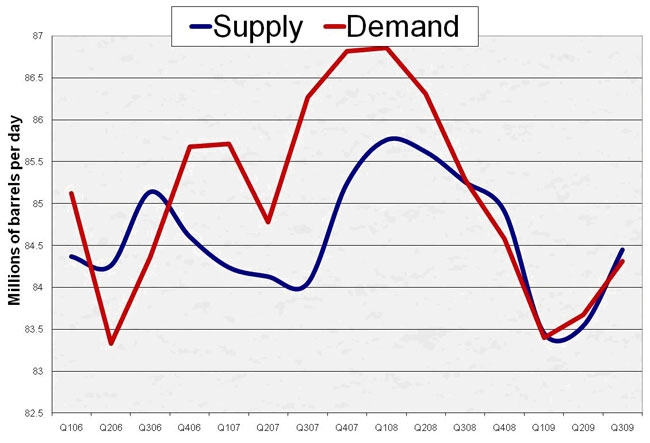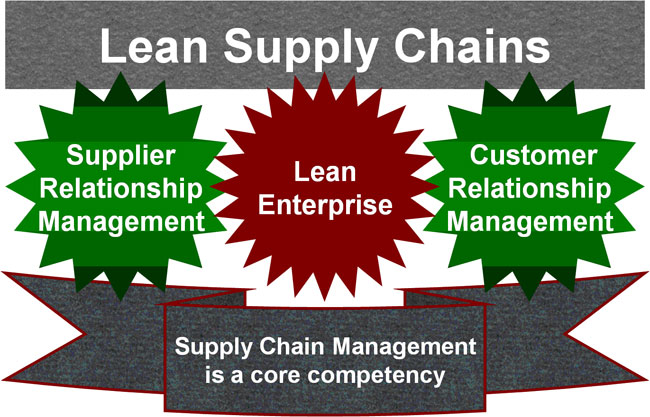Are we seeing the first phase of demand destruction for oil?
I was talking with a colleague this week about peak oil accelerating the desire of organizations to craft lean supply chains. Research suggests that rising oil prices impact supply chain dynamics in manners that are best understood through total landed cost analysis and network optimization studies.
Some studies, including those published by SCDigest, suggest that oil at $150 a barrel is the tipping point where transportation costs can overwhelm the low labor costs in far away countries; the result is a total landed cost calculation that favors production and distribution facilities close to the customer.
The price of oil hit $147 a barrel in the summer of 2008 with many organizations feeling enormous pressures on their cost structures; some could have been at that tipping point where they have an inherently uncompetitive supply chain.
Let’s repeat that – “they have an inherently uncompetitive supply chain.”
And now, oil is cheap at about $80 a barrel.
Does this mean the storm has passed and an extended supply chain leveraging low labor costs and lots of transportation is the best approach? Are lean supply chains the wrong priority and is peak oil nothing but a scary story to tell around a campfire?
My belief is that the drop in the price of oil is exactly what has been predicted by proponents (including me) of peak oil. Our predictions included how the price of oil would surge as supply and demand become unbalanced. Then, given inadequate preparation, the response to this price surge would be demand destruction.
The following chart shows the worldwide demand and supply for oil for 15 quarters through Q309, as reported by the US Energy Information Administration. In this chart, we see a dramatic drop in demand beginning in Q108. This drop put demand less than supply and created conditions for the plunge in the price of oil.

I believe the chart shows us the first phase of demand destruction. People are driving less and we have a large decline in economic activity with a US recession officially starting in December of 2007. Unfortunately, demand destruction has only reduced demand to a point where we now have adequate supply.
A number of peak oil experts presented their findings at an Association for the Study of Peak Oil and Gas (ASPO) conference in Denver last October. The assessment from many of these experts is that worldwide oil production will soon or may have already peaked. We may never again exceed the level of 85.8 million barrels per day reached in Q108. Optimistically, we may still reach a level higher than 85.8 million barrels per day, but the prospects of reaching levels forecast by some at 90 to 95 million barrels a day seem hopelessly out of touch. The demonstrated declines from established oil fields and the small amount of new discoveries suggests that supply will not simply rebound to the old levels and beyond when demand picks back up. If true, we will see small variations in total supply before the onset of a relentless decline.
This implies we still need massive investments in alternatives and conservation, or we will see additional phases of demand destruction. In addition, supply chain management professionals need to be looking over the horizon and preparing their organizations for the future.
At SCDigest, we are serious about helping you prepare your organization through education and leadership development activities required to craft a lean supply chain.
Our model for a lean supply chain has been explored in prior issues and we will continue to provide you information on what you can do to compete and win in an energy constrained future.

I salute those of you that are preparing for what lies ahead. This recession and the first phase of demand destruction are coming to an end. However, the end of demand destruction will bring an era of relentless energy challenges that will reward those with lean supply chains.
What are your thoughts?
- Has the storm passed and we can get back to extended supply chains leveraging transportation?
- Will peak oil lead to another phase of demand destruction and what will that look like?
- Are you working to craft a lean supply chain and what actions are you taking now?
Let us know your thoughts at the Feedback button below.
|